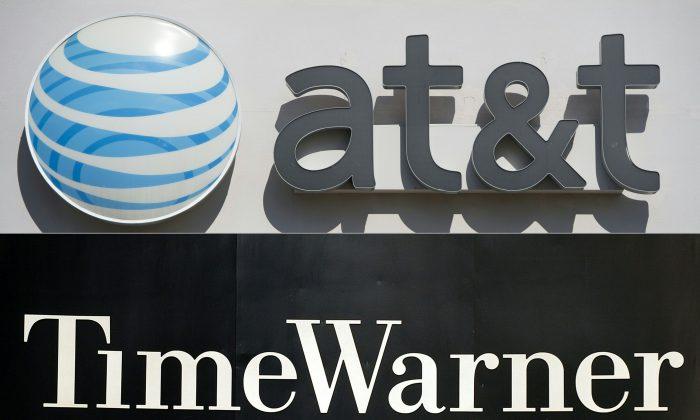Prominent Democrats have begun signing on to a plan for a federal jobs guarantee. The scope of the plan is enormous: The government would provide a job at $15 per hour with health care and other benefits to any American who wanted one. The proposal is apparently popular among voters across the political spectrum.
Early media coverage has focused on how the plan could be a political asset for Democrats in 2020, as well as the plan’s undoubtedly high cost. Economists on both sides of the issue will tweak assumptions in theoretical models to show estimated costs and benefits to the economy that fit their pre-existing views. And they will entirely miss the point.
The federal jobs guarantee, as discussed in Democratic policy circles, would arguably be the largest public intervention in American economic history. The Levy Institute, one of the chief proponents of the plan, estimates that 12 million to 17 million Americans would participate if the program were offered today. That’s about 8 to 10 percent of the American labor force.
Some perspective is in order. We’re talking about a new government organization that is projected to employ more people than the current federal government (2 million), the entire U.S. military (1.3 million), Walmart (2.3 million), and the rest of the top 10 private sector employers in the country combined.
No Precedent
We don’t actually know the full scope of impacts it would have on the economy, because we’ve never seen anything quite like it. The Works Progress Administration, the centerpiece of the New Deal, employed 8.5 million people over an eight-year period (not all at once) and is the closest comparison.My concerns that follow are less about the standard partisan debate on big government programs and more about the profound implications of dropping an organization of this size on the U.S. labor market. No matter one’s political leanings, these concerns should not be dismissed.
The first major concern is how the federal jobs guarantee would be implemented. Imagine you’re the first program director. You and your crack team of economists, human resources professionals, and labor attorneys will need to think of something for 12 million to 17 million Americans, mostly with lower skills, to do on a full-time basis. Then you’ll need to do your best to match each worker with a job that fits his or her skills.
We usually have individual choice and market prices to sort this out. No attempt in history to solve an economic problem of this magnitude, namely Soviet-style planned economics, in any other way has come close to succeeding.
Heavy Impact
The second concern is the program’s impact on the economy. I’m not talking about stimulus models and tax projections here. What would happen if anyone, whether in the private or public sector, prescribed from the top down what 10 percent of our workforce was going to do? If everyone just dug holes, as the old saying goes, the shovel industry would be revolutionized overnight.Both Austrian economists and complexity scientists have known for a long time that even small interventions in a complex system such as our economy can have cascading and unpredictable effects. It’s the quintessential butterfly flapping its wings in Tokyo and changing the weather in the United States. And 10 percent of the U.S. workforce is one big butterfly.
The impacts of large interventions and the knowledge problem in matching workers described above are two reasons often cited for bread lines and even famines in communist countries.
Another concern is whether we want the government to have control of this many people’s jobs. Rent-seeking, the propensity of large private firms to influence public sector programs and regulations for their benefit, would be an immediate result.
Some jobs-guarantee proponents envision people planting flowers in front of the local courthouse, but with more than 10 million people, big corporations are going to find a way to get involved. Think about defense contractors, farm subsidies, and the Wall Street revolving door, and multiply them to get a sense of the potential for cronyism.
Putting that many jobs under the control of elected officials and unelected bureaucrats creates countless more problems, from obvious corruption, to the ability of politicians to run on promises to dole out ever more high-paying jobs.
Even those who favor much more government involvement in the economy should take a hard look at what’s being proposed. The idea of paying unemployed people a living wage to help out around their communities may sound laudable, but doing it by designing a federal program for more than 10 million people is uncharted territory.





Friends Read Free